Lavender Propagation: 4 Reliable Ways to Multiply This Fragrant Favorite
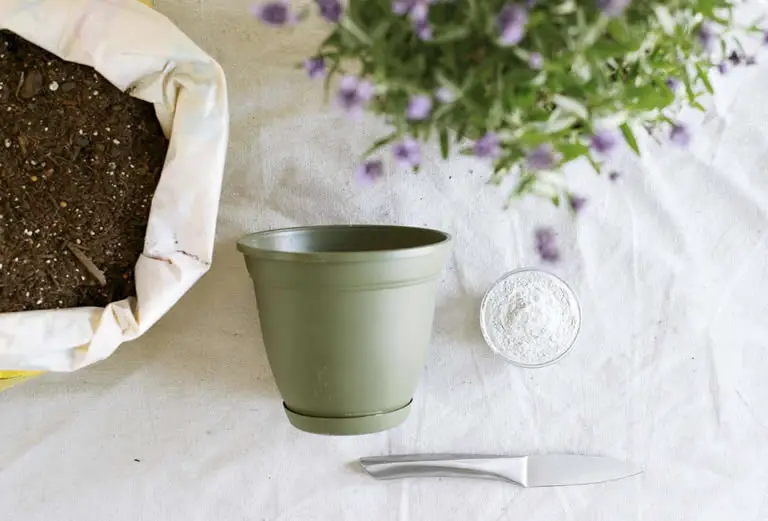
Lavender isn’t just beautiful and aromatic—it’s also surprisingly easy to propagate. Whether you’re growing it indoors or outdoors, there are several simple ways to create new plants from an established lavender bush.
From softwood cuttings to seed and division, this guide walks you through every method that works—plus outdoor tips and a little-known bonus for rooting in water.
These techniques apply to all common varieties, including English, Spanish, French, Lavandin, and Mona Lavender.
Table of Contents
When to Propagate Lavender
The best time to propagate lavender is in spring or early summer, when the plant is actively growing and not yet blooming heavily.
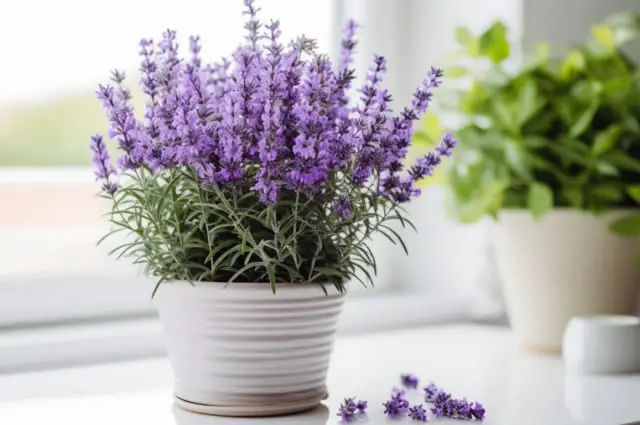
This gives new cuttings the full growing season to develop strong roots before winter.
You can also propagate in late summer or early fall, but take care to protect young plants from frost if you’re growing outdoors.
Method 1: Propagating Lavender from Softwood Cuttings (Most Reliable)
Taking cuttings is the most effective way to create new lavender plants.
Softwood cuttings root quickly and grow true to the parent plant.
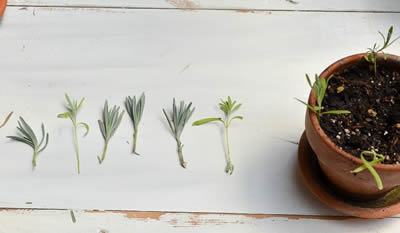
-
Cut a healthy stem (3–5 inches long) just below a leaf node.
-
Remove the leaves from the bottom half of the cutting.
-
Allow the cutting to sit for 1 hour to let the wound seal slightly.
-
Dip the end in rooting hormone (optional) and insert into moist, well-draining soil.
-
Place in a bright, warm location out of direct sunlight.
Keep the soil slightly moist (but never soggy). Roots typically form in 2–4 weeks.
Once established, transplant into a larger pot or directly into the garden.
Method 2: Water Propagation (Optional Bonus Method)
Though not always recommended for woody herbs like lavender, you can root softwood cuttings in water—especially from young, flexible stems.

-
Take a cutting as described above and let it sit for an hour.
-
Place the base in a glass of water, keeping the leaves above the surface.
-
Change the water every 2–3 days to prevent bacteria buildup.
-
Keep in bright, indirect light.
Bonus Tip: Add a drop of diluted liquid fertilizer with a ratio like 3-5-6 like this one or 5-10-10 like this one to encourage root development.
Once roots are about an inch long, transfer the cutting to dry soil and wait a few days before watering.
Method 3: Division (Works Best for Clump-Forming Varieties)
Some lavender plants (especially older or large ones) can be divided into smaller sections.
-
Gently dig up the plant, preserving as much root as possible.
-
Use a sharp, clean knife to divide the root ball into sections, each with stems and roots.
-
Let the cuts dry and callous for a few hours.
-
Replant in fresh soil and water lightly after a few days.
This method works best for varieties that naturally grow in clumps, like Mona Lavender or Lavandula stoechas.
Method 4: Seed Propagation (Slower, but Worth It)
Growing lavender from seed takes patience, but it’s a great way to produce many plants at once.
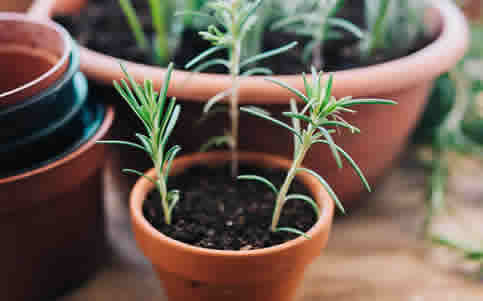
propagated from seed
-
Sow seeds in a tray filled with moist seed-starting mix.
-
Press them gently into the surface but don’t bury too deep.
-
Cover with a humidity dome or plastic wrap.
-
Place in bright, indirect light and keep soil slightly moist.
-
Seeds typically germinate in 14–28 days, but some may take longer.
Once seedlings have a few sets of leaves, transplant them into small pots.
Not all seeds grow true to type, so this method is better for non-hybrid varieties.
Propagating Lavender Outdoors
If you live in USDA zones 6–11, lavender can be propagated directly outdoors from cuttings or layering.
-
Take cuttings in early spring and plant directly into prepared garden soil.
-
Choose a spot with full sun and excellent drainage—preferably a raised bed or mound.
-
Water lightly after planting, then reduce watering as roots develop.
In cooler zones, start the cuttings indoors and transplant once danger of frost has passed.
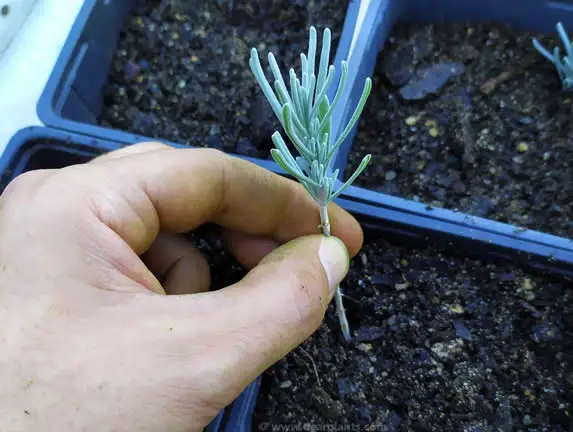
You can also use a layering method outdoors:
-
Choose a low-growing branch and strip leaves from a 3-inch section.
-
Pin the bare section to the soil using a wire or small rock.
-
Cover it lightly with soil.
-
Water occasionally and wait 1–2 months for roots to form.
-
Cut from the parent plant and replant once rooted.
Layering works well in gardens with sprawling lavender shrubs and doesn’t require removing any part of the plant until rooting is complete.
Final Thoughts
Propagating lavender is a rewarding way to fill your garden, windowsill, or patio with the relaxing scent and beauty of this timeless herb.
Whether you prefer the precision of cuttings, the patience of seeds, or the simplicity of outdoor layering, there’s a method to suit every gardener.
Give your new plants sun, space, and well-draining soil—and soon you’ll have a whole field of lavender-scented joy.
Be sure to read our detailed care guide Lavender Plant Care: How to Grow This Fragrant Favorite Indoors and Out.
Thanks for reading! I'm Michael — houseplant fanatic and your Pinterest plant guide.
Follow me on Pinterest for fresh updates 🌿



